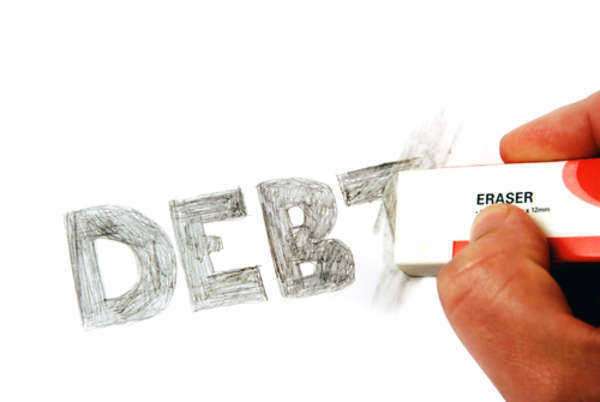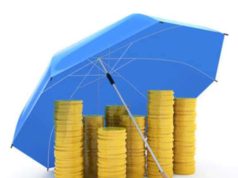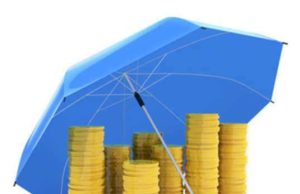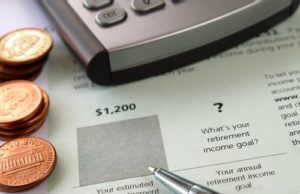
In recent years, public debt has been a hotly debated topic among politicians, economists, and members of the public. Public debt refers to the amount of money that a government owes to lenders such as banks, foreign governments, and individual investors. Although public debt is a necessary tool for governments to fund important projects, it can lead to significant economic problems if left unchecked. This article will discuss the impact of public debt on individuals, businesses, and the economy as a whole.
Defining Public Debt
Public debt can be broken down into two main categories: internal debt and external debt. Internal debt refers to the money that a government owes to its own citizens and institutions, while external debt refers to the money owed to foreign entities. Governments rely on borrowing in order to fund important projects such as infrastructure, education, and healthcare. However, excessive borrowing can lead to an unsustainable level of debt, which can have serious consequences.
Impact on Individuals
Public debt can have a significant impact on individuals, particularly through its effect on future tax rates. When a government borrows money, it must pay interest on that debt. This interest is paid using tax dollars, which means that individuals may end up paying higher taxes in the future. As more and more tax revenue is used to pay off interest on public debt, there is less money available for other important government programs such as education, healthcare, and social services.
Another way that public debt can impact individuals is through inflation. When a government prints more money to pay off its debt, it can lead to inflation. This means that the value of money decreases, which can lead to higher prices for goods and services. Inflation can be particularly devastating for individuals on fixed incomes, such as retirees, who may struggle to keep up with rising costs.
Impact on Businesses
Public debt can also have a significant impact on businesses. When a government borrows heavily, it can crowd out private investment. This means that there are fewer funds available for businesses to borrow, which can lead to higher interest rates and a more challenging investment environment.
In addition, public debt can lead to uncertainty in the business world. When a government has a large amount of debt, investors may be hesitant to invest in that country. This uncertainty can lead to a decrease in investment and economic growth. Businesses may also face higher tax rates in the future, which can impact their bottom line and make it more difficult to compete on a global stage.
Impact on the Economy
Public debt can have significant impacts on the overall economy, particularly if debt reaches unsustainable levels. When a government’s debt becomes too high, it can lead to a decrease in economic growth. This is because the government must divert more and more funds towards paying off interest on its debt, which reduces the amount of money available for other important programs and investments.
In addition, high levels of debt can lead to a decrease in confidence among investors. This can lead to a decrease in the value of the country’s currency, which can make imports more expensive and reduce economic growth. High levels of debt can also lead to a sovereign debt crisis, in which investors lose confidence in a country’s ability to repay its debts. This can lead to a situation in which a government defaults on its debt, which can have catastrophic effects on the economy.
It is important to note that not all public debt is bad. In fact, some degree of debt can be necessary for economic growth. However, it is essential that government debt be kept at a sustainable level. This means that the government must be able to repay its debts without diverting too much money away from other important programs and investments.
Managing Public Debt
There are several ways in which governments can manage their public debt levels. One approach is to increase taxes. By raising taxes, a government can increase revenue and use that revenue to pay off its debt. However, higher taxes can be politically unpopular and can lead to decreased economic growth if they are too high.
Another approach is to decrease government spending. By reducing spending on programs and services, a government can reduce its debt levels. However, this can be difficult to do politically, as many people rely on government programs such as education, healthcare, and social services. It can also lead to decreased economic growth if spending is reduced too much.
A third approach is to increase economic growth. By increasing economic growth, a government can increase its tax revenue and reduce its debt levels. This can be achieved through policies such as infrastructure investments, tax cuts, and deregulation. However, it can be difficult to achieve sustained economic growth, particularly in a global economy that is subject to external shocks such as recessions, pandemics, and geopolitical instability.
Conclusion
Public debt is a complex issue that can have significant impacts on individuals, businesses, and the economy as a whole. While some degree of debt is necessary for economic growth, excessive debt can lead to serious economic problems. Governments must be careful to manage their debt levels in order to ensure that they can continue to provide important programs and services without diverting too much money towards paying off interest on their debt.
As of June 2021, the United States national debt stood at over $28 trillion. This level of debt is unsustainable, and there is a growing concern among economists and policymakers about the potential consequences of such high levels of debt. It is essential that the U.S. government takes swift action to manage its debt levels in order to avoid a potential economic crisis. This may involve a combination of tax increases, spending cuts, and policies designed to promote economic growth.




























